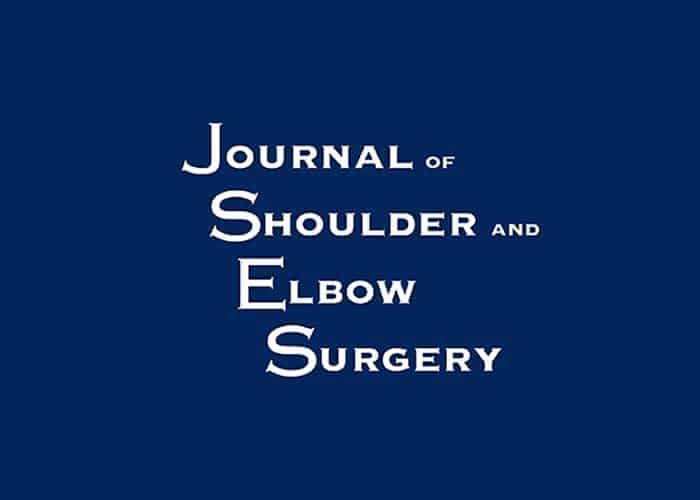
Authors:
Peter J. Millett, M.D., MSc, Lucca Lacheta, M.D., Marilee P. Horan, MPH, Brandon T. Goldenberg, BA, Grant J. Dornan, MSc, and Brendan Higgins, M.D.
Abstract:
Background
To compare clinical outcomes following arthroscopic superior capsule reconstruction (SCR) using a dermal allograft (DA) with reverse total shoulder arthroplasty (RTSA) when used to treat irreparable posterosuperior rotator cuff tears without glenohumeral osteoarthritis (GHOA) in patients younger than 70 years.
Methods
In this case-control study, patients who underwent SCR or RTSA for the treatment of irreparable posterosuperior rotator cuff tears, who were younger than 70 years at the time of surgery, and who were at least 2 years out of surgery were included. Clinical outcomes were assessed using the American Shoulder and Elbow Surgeons Standardized Shoulder Assessment Form (ASES), Single Assessment Numerical Evaluation (SANE), Quick Disabilities of the Arm, Shoulder, and Hand (QuickDASH) scores and the 12-Item Short Form Health Survey (SF-12). Return to sports and patient satisfaction along with clinical failures (recurrent pain or persistent pain or loss of function), revisions, and complications were reported.
Results
Two-year follow-up was obtained on 22/22 patients (100%) in the SCR group and 29/33 patients (88%) in the RTSA group. Group differences were significant for age (SCR mean, 57 ± 6.6 years, vs. RTSA mean, 63 ± 4.9 years; P < .001) and follow-up interval (SCR mean, 2.1 years, vs. RTSA mean, 2.9 years; P = .001). Preoperative outcome scores showed no significant differences (all P > .05) between groups. No significant differences in postoperative outcome scores were detected (P > .05) between SCR and RTSA: the mean ASES score was 82.6 ± 15.5 vs. 79.3 ± 21.4, mean SANE score was 71.4 ± 24.5 vs. 75.4 ± 23.3, mean QuickDASH score was 16.2 ± 16.9 vs. 25.3 ± 21.0, and mean SF-12 was 47.7 ± 8.8 vs. 46.9 ± 10.4. No significant differences in return-to-sport responses were noticed between groups at baseline or postoperatively (P = .585, P = .758). One SCR was revised at 1.2 years with revision SCR and 1 RTSA had the glenoid component revised day 1 postoperatively for instability. Both patient groups achieved successful clinical outcomes.
Conclusion
SCR using DA results in similar postoperative functional outcomes in a younger patient population when compared to RTSA for the treatment of irreparable posterosuperior rotator cuff tears, without GHOA, at short-term follow-up.
